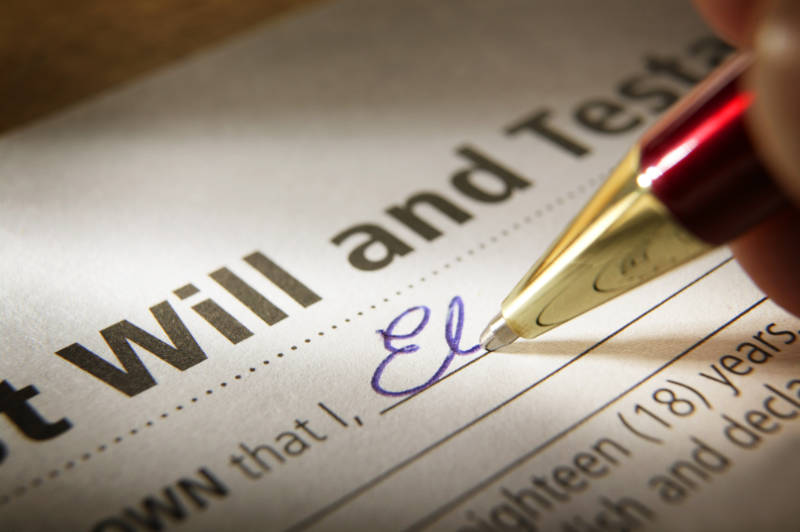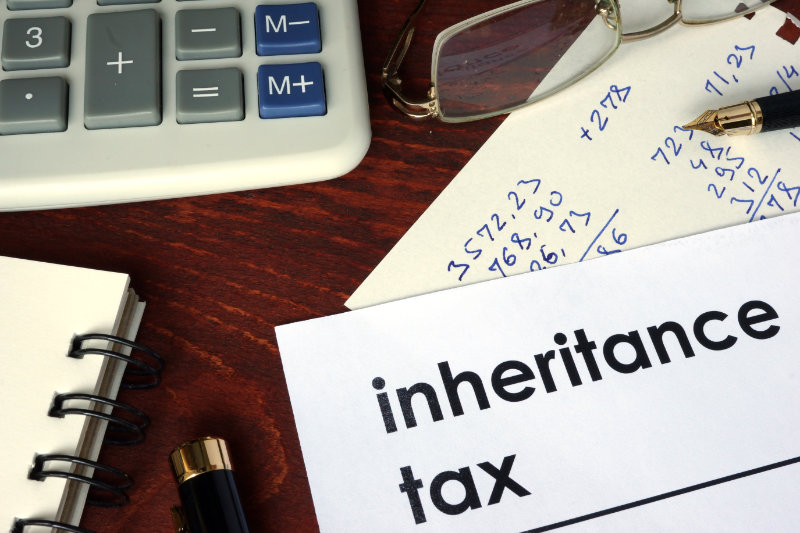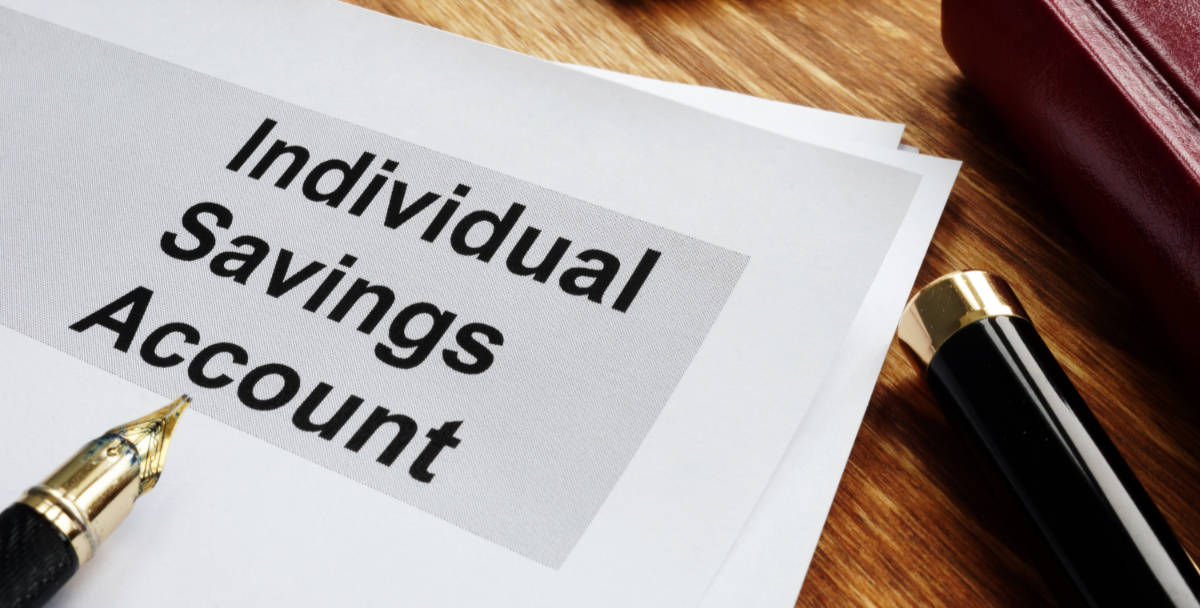Many people use ISAs throughout their lifetime to protect their savings and investments from tax. Whether you keep your money in a cash ISA, a stocks and shares ISA, or both, these individual savings accounts allow you to shelter your money from income tax on interest, capital gains tax on investment profits and dividends tax on dividend income. However, ISAs are treated specially when it comes to inheritance tax rules.
As the years go by it’s possible to grow large sums in these accounts, so when it comes to planning your estate, it’s important to consider the most tax-efficient way to pass this wealth on to loved ones. Yet few people fully understand how ISAs are treated according to inheritance tax rules.
Find out more about ISAs – including your ISA allowance, when to open an ISA and why put money in.
What are the ISA inheritance tax rules?
The main advantage of an ISA is its tax-efficient status, but when the ISA holder dies this benefit dies too, unless the holder is married or in a civil partnership, and properly bequeaths their savings.
If you are left an ISA as part of an inheritance, you will typically receive only the contents of the account – cash savings in the case of a cash ISA or investments in the case of a stocks and shares ISA – rather than the ISA wrapper itself.
This means that these assets are no longer sheltered from tax, and any further income you receive from interest on cash, for example, or profits you make on investments will be subject to the applicable taxes.
ISA inheritance tax rules for spouses and partners

An ISA rule introduced in 2014 means that it is now possible for a husband, wife or civil partner to inherit an ISA from their late spouse without the loss of this tax-efficient status.
Under these regulations, the surviving partner receives an additional ISA allowance equivalent to their late partner’s entire ISA holdings, on top of their personal allowance for that tax year (for the 2019/2020 tax year this is £20,000). This is known as an ‘additional permitted subscription’ or APS. However, although it’s permitted by HMRC rules, not all ISA providers will allow APS deposits.
In the case of stocks and shares ISAs, any assets inherited by a spouse can be cashed in, with the capital transferred into their own stocks and shares ISA. Sometimes the investments can be transferred directly into the surviving partner’s ISA, but this is not always possible.
Need to transfer your ISA? Read the Wise Living guide to how to transfer your ISA.
What if the ISA is left to someone else?
Inheritance tax rules state that if the assets within the ISA are left to someone else, for example a child or grandchild of the deceased ISA holder, they will lose their tax-efficient status.
The husband, wife or civil partner will, however, still be entitled to the APS, boosting their personal ISA allowance for that year by the equivalent value of their partner’s ISA holdings.
For example, if £50,000 in a cash ISA was left to a grandchild, the deceased’s spouse would still be entitled to a £50,000 increase in their ISA allowance during that particular year, even though they would have to fund it themselves. The grandchild would receive the £50,000 without the associated tax benefits of an ISA.
What happens if the ISA’s value changes after the holder’s death?
Administering someone’s estate can take weeks and even months, and the value of any investments – and, to a lesser extent, cash – held in their ISAs can change substantially in this time.
ISAs are deemed continuing accounts, so any growth remains tax free. Under the new rules, the additional subscription available to spouses (the APS) is the higher of the ISA’s value at the time of death or its value either when the administration of the estate has been completed or when the ISA is closed and funds withdrawn – whichever happens earliest.
How are ISAs affected by to the inheritance tax threshold?

The inheritance tax rules threshold (also called the nil-rate band) is currently £325,000 per person. This means that, although the standard rate of inheritance tax is 40%, no inheritance tax is not due on the first £325,000 left by the deceased. Also, no inheritance tax is due on any assets left to the husband, wife or civil partner of the deceased.
Assets held in an ISA at the time of someone’s death count towards the value of their estate for inheritance tax purposes – just as any other investments or cash in the bank would. If the total estate is less than £325,000, or the total estate is left to a husband, wife, civil partner or charity, there will be no inheritance tax to pay. If the total estate is more than £325,000, including any assets held in an ISA, inheritance tax will apply at a rate of 40% to amounts over that threshold.
The government has recently increased the amount of an estate that can be sheltered from inheritance tax with the introduction of the residence nil-rate band.
In the 2019/2020 tax year the residence nil-rate band is £150,000 and then £175,000 in 2020/2021. In subsequent years, the limit will rise in line with inflation, which means that as much as £450,000 of property and other assets can be sheltered from inheritance tax when someone dies.
Saving or investing inheritance in an ISA
If you have inherited money, an ISA can be a sensible way to protect it from future tax.
In the current tax year, the amount you can put into an ISA is limited to £20,000 – an allowance that can be split between different types of ISA, such as cash ISAs and stocks and shares ISAs.
But what if you receive an inheritance in excess of your £20,000 limit, or you have already used up most or all of your allowance for the current financial year? What inheritance tax rules apply?
Firstly, you can consider waiting to use next year’s allowance. In the 2019/2020, the ISA allowance is £20,000. To count against this allowance, you would need to pay your inheritance into an ISA on 6 April 2020 or later.
Secondly, you can consider paying some or all of the money into a spouse’s ISA, if they still have ISA allowance remaining. You can also put some money into a Junior ISA for a son or daughter aged under 18, although the limit for Junior ISAs is £4,368 in 2019/2020. Money in the Junior ISA will legally belong to your child when they turn 18.
Any surplus funds you have left over can be saved or invested in standard bank accounts or general investment accounts, with a view to moving your capital into ISAs in future tax years.
But watch out for possible future tax bills, especially when it comes to moving stock market investments from a general account into an ISA: this usually involves you selling your investments before buying them back inside the ISA. But if the sale makes a profit that takes you above your annual capital gains tax allowance you will face a tax charge.
All investment carries risk and it is important you fully understand these risks and are willing to accept them. You may get back less than you invested. The tax advantages of ISAs may change in the future and also depend on your individual circumstances.































































